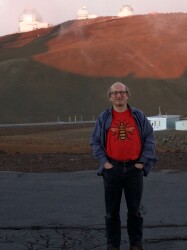BibTex format
@article{Cheng:2020:mnras/staa1096,
author = {Cheng, T and Clements, DL and Greenslade, J and Cairns, J and Andreani, P and Bremer, M and Conversi, L and Cooray, A and Dannerbauer, H and De, Zotti G and Eales, S and Gonzalez-Nuevo, J and Ibar, E and Leeuw, L and Ma, J and Michalowski, MJ and Nayyeri, H and Riechers, DA and Scott, D and Temi, P and Vaccari, M and Valtchanov, I and van, Kampen E and Wang, L},
doi = {mnras/staa1096},
journal = {Monthly Notices of the Royal Astronomical Society},
pages = {5985--5991},
title = {SCUBA-2 overdensities associated with candidate protoclusters selected from Planck data},
url = {http://dx.doi.org/10.1093/mnras/staa1096},
volume = {494},
year = {2020}
}

